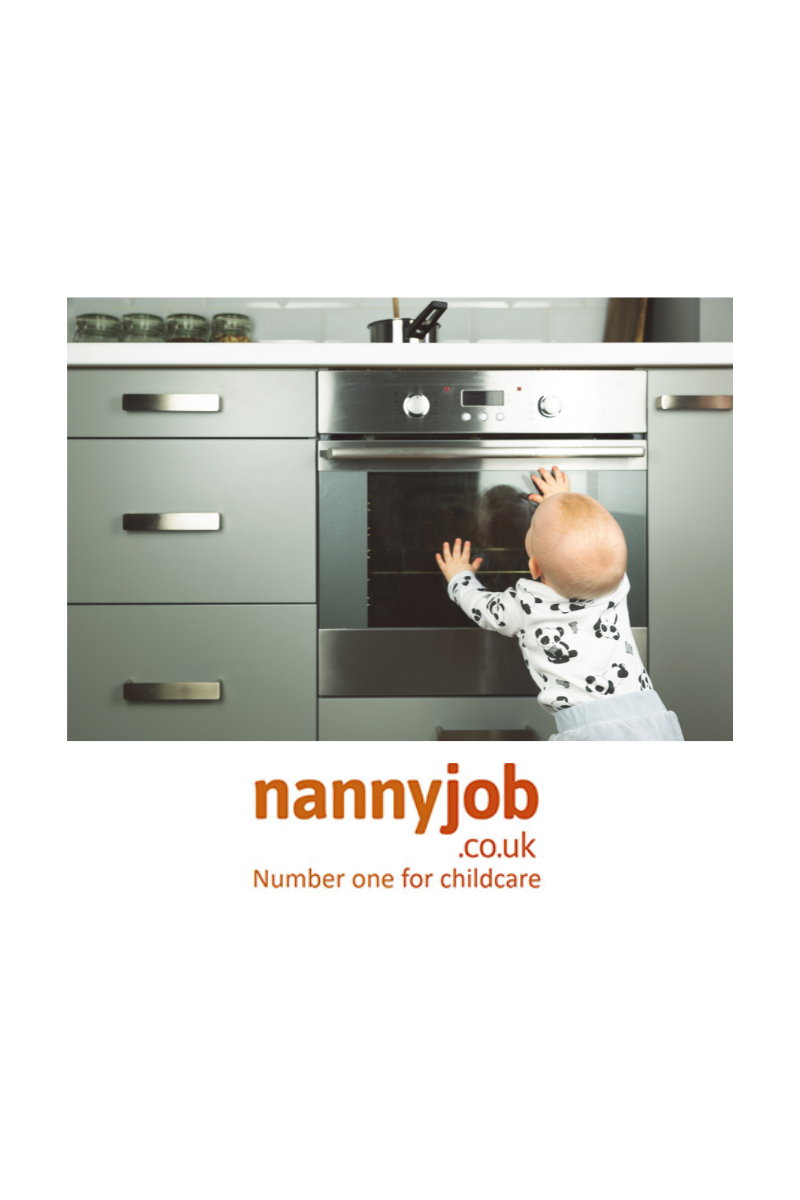Ensuring the safety of the children under our care is a paramount responsibility that all nannies and child carers share. Children, by their very nature, are curious explorers, constantly learning and testing boundaries. As caregivers, it’s essential to create a safe environment where children can learn, play, and grow. Here are key considerations to help ensure child safety:
1. Home Safety
Childproofing a home is a crucial first step. Cover electrical outlets, install safety gates at stairs, secure furniture to walls, and keep small items out of children’s reach. It’s essential to understand that childproofing needs change as children grow and their mobility and curiosity increase.
2. Outdoor Safety
Whether it’s a trip to the playground or a simple walk, outdoor activities present unique risks. Teach children about road safety, stranger danger, and the importance of staying close to their carer. Always ensure children wear appropriate safety gear when cycling or participating in other outdoor activities.
3. Water Safety
Never leave a child unattended near water, even for a second. Whether it’s a swimming pool, bathtub, or even a bucket, it poses a risk. Teaching children to swim and about water safety rules can be life-saving skills.
4. Food Safety
Ensure food is prepared hygienically and is appropriate for the child’s age and development. Be vigilant about potential choking hazards and make sure children are seated and supervised while eating.
5. Digital Safety
In our increasingly digital world, it’s important to establish rules for internet usage. Teach children about the potential risks of sharing information online and ensure they engage with age-appropriate content.
6. Emotional Safety
Child safety isn’t just physical. It’s crucial to foster an environment where children feel emotionally safe and secure. Listen to their feelings, reassure them during stressful situations, and teach them that it’s okay to express their emotions.
Child safety is a wide-ranging, ongoing responsibility. By being proactive and vigilant, nannies and child carers can provide a safe environment for children to flourish. Remember, safety isn’t about restricting children; it’s about creating an environment where they can explore and grow with minimal risks.
[

